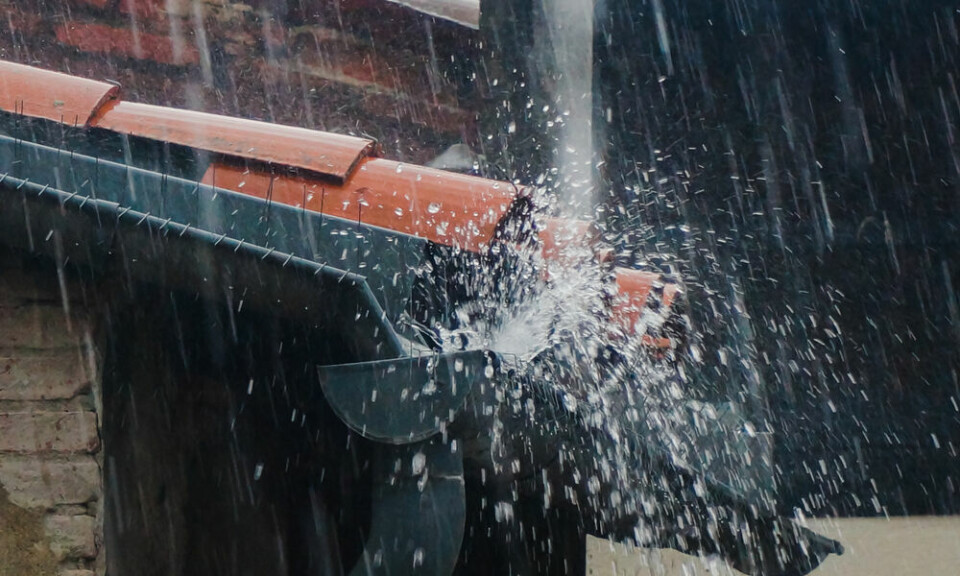-
Channel Tunnel is 30 years old today
Technological wizardry, historic handshakes and catastrophe on the stock exchange mark the history of the Channel Tunnel
-
Couple buy Picasso plates for €4 at brocante - and sell for big profit
The two plates have now been sold at auction in France
-
French motorway closed after hives fall out of lorry releasing bees
Dozens of hives were cracked open after toppling during a crash
242 million-year-old reptile prints discovered in south-east France
The prints are estimated to date to ‘before the dinosaurs’ and were analysed using cutting-edge 3D scanning technology

Traces of footprints dating from ‘before the dinosaurs’ and estimated to be 242 million years old have been found in south-east France.
A hiker first discovered the reptile prints in a rock in Saint-Étienne-de-Tinée (Alpes-Maritimes, Provence-Alpes-Côte d'Azur) in September 2020. Scientists analysed the prints to determine their origin.
Palaeontologists from the Lazaret laboratory identified them as prints belonging to a Chirotherium barthii, a type of reptile that measured three to four metres, and which lived in the arid and hostile land of Alpes-Maritimes more than 200 million years ago.
Emmanuel Desclaux, archaeologist from the Lazaret lab, told France 3: “We could observe that it was almost on the point of becoming bipedal [walking on two legs] because the footprints are much deeper at the back.”
Analyses of the prints were done using new technology including digital 3D scans, as well as a study of the land surrounding the discovery.
Mr Declaux explained: “Historically, geology has made it possible to preserve these traces. One of these large reptiles had to leave a trace in a specific place, and the floods covered it by depositing sediments. This is a rare phenomenon.”
At the time, the Alpes-Maritimes was a very arid region, to the south of a single continent, called Pangea. Temperatures were around 35C, and rain was rare.
Traces from this period have only been identified around a dozen times worldwide.
However, in the early 2000s other traces were found in the same Alpes-Maritimes area. These were attributed to a reptile called the Varanopus, which lived between 299 million and 252 million years ago, making them the oldest traces of a living being to have been identified ever in the region.
Drought conditions in much of the planet have caused dinosaur prints to be revealed, including on a dried-out riverbed in Texas, US. These prints have been dated to 113 million years old, and were probably preserved because they had been filled in with sediment and then covered in water.
Stephanie Salinas Garcia, head of parks and fauna in Texas, said: “Because of the excessive drought conditions this summer, the river has completely dried up in most areas, which allows these new traces in the park to be revealed.”
However, in France, Mr Declaux said he could not be sure that these Alpes-Maritimes prints had been revealed purely as a result of the drought.
He said: “We do not have the same geographical conditions as Texas, nor the same typology, so we cannot confirm that we will see the same phenomenon.”
Yet, he said that the traces discovered are set to be exhibited to the public in France in 2023, as part of plans to raise awareness of climate change and the impact it is having on living beings, and the challenges facing humanity and animals in the coming decades.
Related articles
Stamps featuring Lascaux cave art go on sale in France
Fifteen dinosaur-themed parks and exhibitions to visit in France
3D replica of 33,000-year-old cave art to go on display in Marseille























